Understanding how your child learns can make their education a better experience for all. Learning and school is not a one-size fits all. Children have different ways of learning which the education experts have roughly grouped into three basic styles – auditory, visual and kinaesthetic.
When parents know their child’s best way to learn, they can help their child learn more effectively. And part of this process is for parents to understand their own learning style because we tend to teach in that style.
To find out what type of learner both you and your child are, read on. But before you pigeonhole yourself or your child, it’s worth remembering that while you may have a dominant style of learning, everyone borrows a little bit from all the styles to learn about the world around them.
Learning styles explained
Auditory or language learners
These types learn through listening to what others have to say and talking about what they’re learning. They’re also more likely to:
- remember information by talking aloud
- need to have things explained orally
- may have trouble with written instructions
- talk to themselves while learning something new
- enjoy discussion groups over working alone
Worth noting: auditory learners might look like they’re not paying attention when you talk to them but their listening skills are more developed than their visual skills.
Visual learners
As their name suggests, these people learn through watching. It’s believed to be the most dominant learning style and many traditional classrooms are geared towards the visual learner. For their learning to make sense they need to be able to see, visualise and illustrate their knowledge skills and concepts. Visual learning characteristics include:
- remembering visual details
- preferring to see what they are learning
- needing to have paper and pens handy
- doodling while listening
- liking to write down instructions or see them demonstrated
Worth noting: Telling these learners how to do something may not make sense to them at all – they need to see it.
Kinaesthetic/tactile learners
These learners like to be actively involved in the learning process, and learn best through hands-on activities and movement. Other kinaesthetic characteristics are they:
- want to actually do whatever is being talked about or learned
- like to move around while listening or talking
- often ‘talk’ with their hands
- like to touch things in order to learn about them
- remember events by recalling who did what rather than who said what
Worth noting: These types of learners can be misdiagnosed as ADHD or troublemakers because the more tradition visual or auditory learning styles just don’t work for them.
Is there a fourth style?
While the above three are the major styles discussed, some experts talk about logical or ‘analytical’ learners. These learn through exploring patterns and understanding how things relate to each other. These learners also:
- love knowing how things work
- are capable of quite logical thinking at a very young age
- ask a lot of questions so they can understand how things interrelate
- show an early aptitude at solving mathematical problems
- can grasp strategy games at a young age
Finding out which learning style your child responds to
The above checklists can help you work out which style you and your child/children respond best to. There are also quite a few online tests you can do simply by ticking a few boxes – but these are more fun than scientific. Try this one at Scholastic .

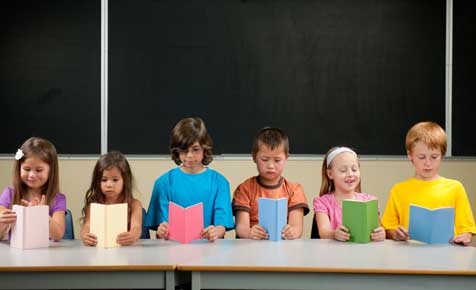
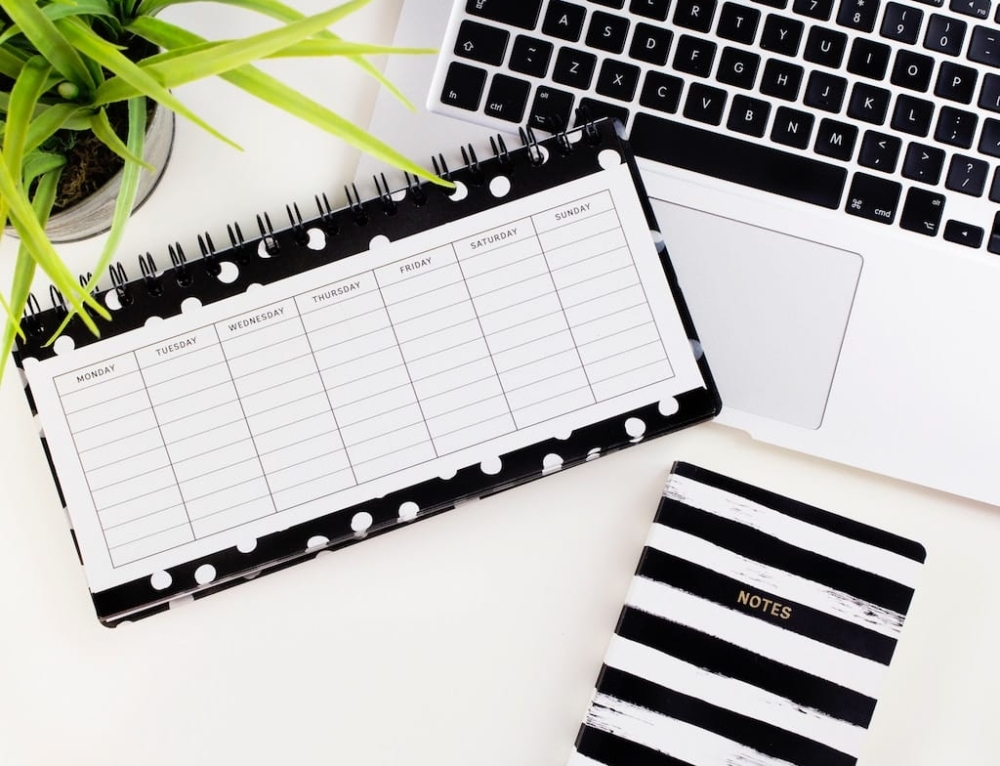
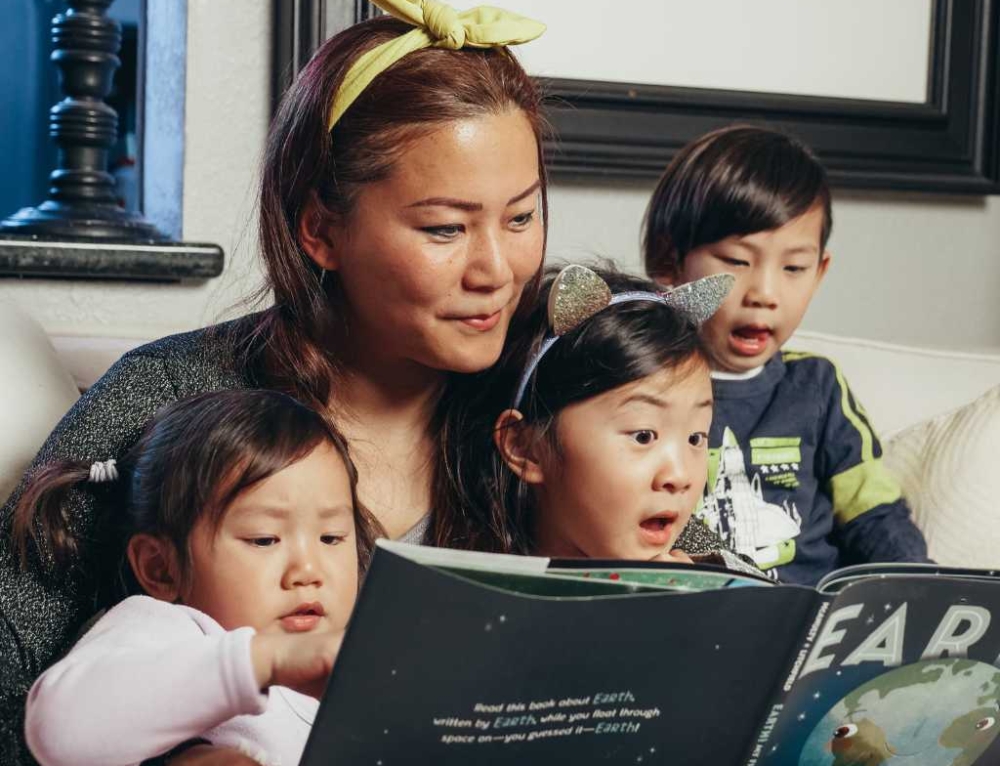
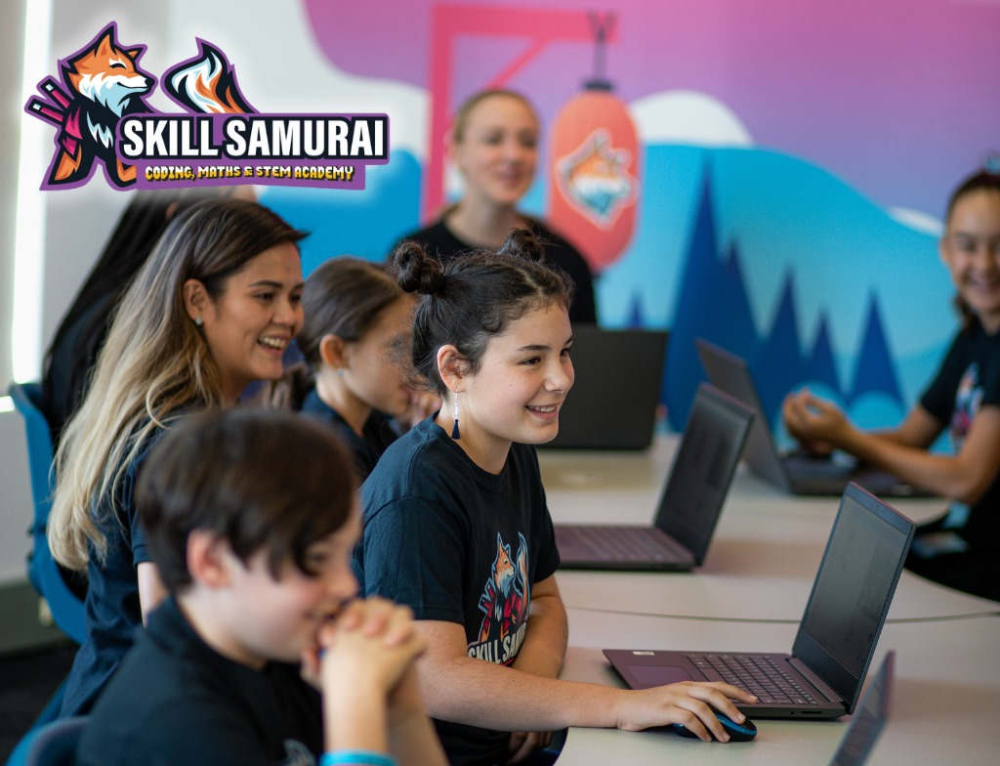
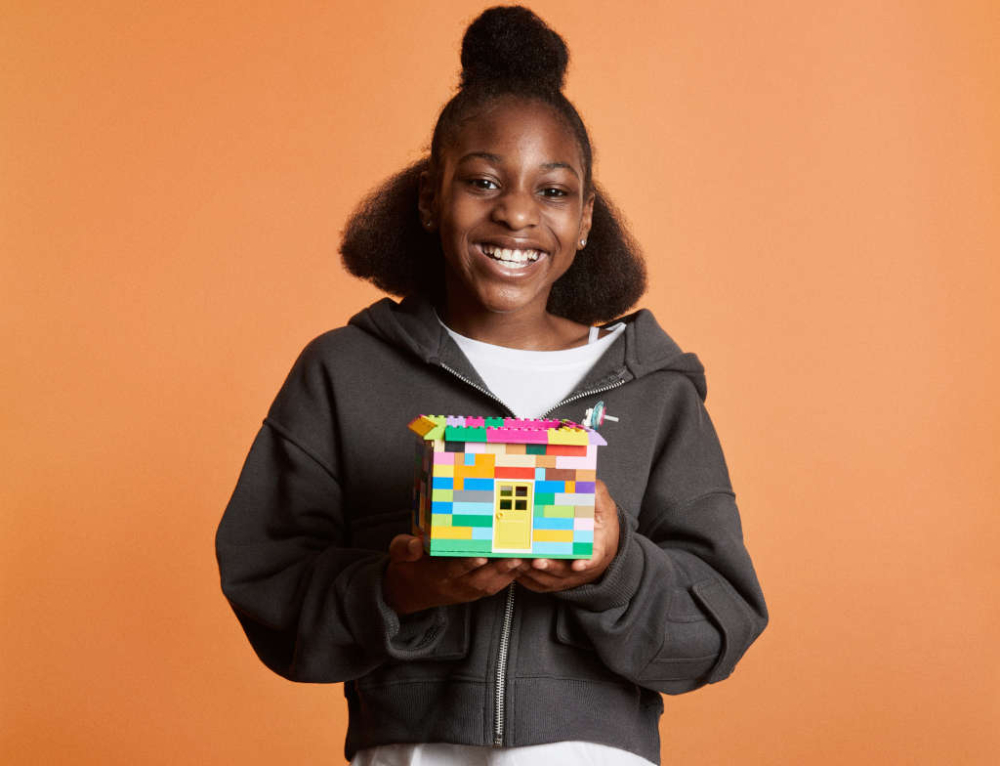

Leave A Comment
You must be logged in to post a comment.